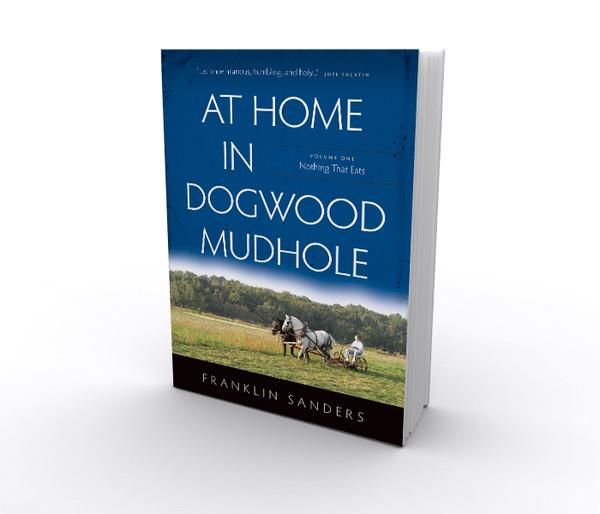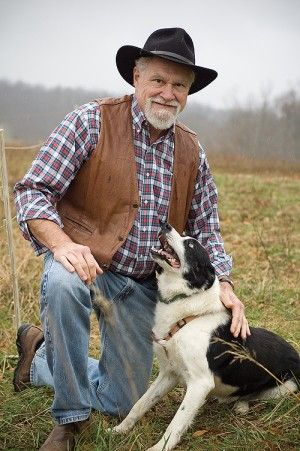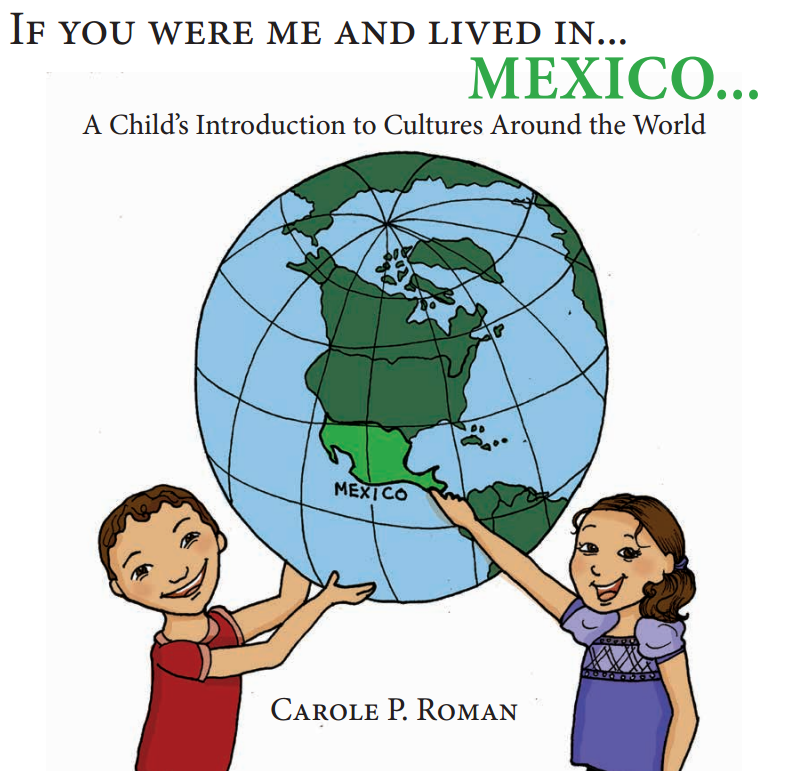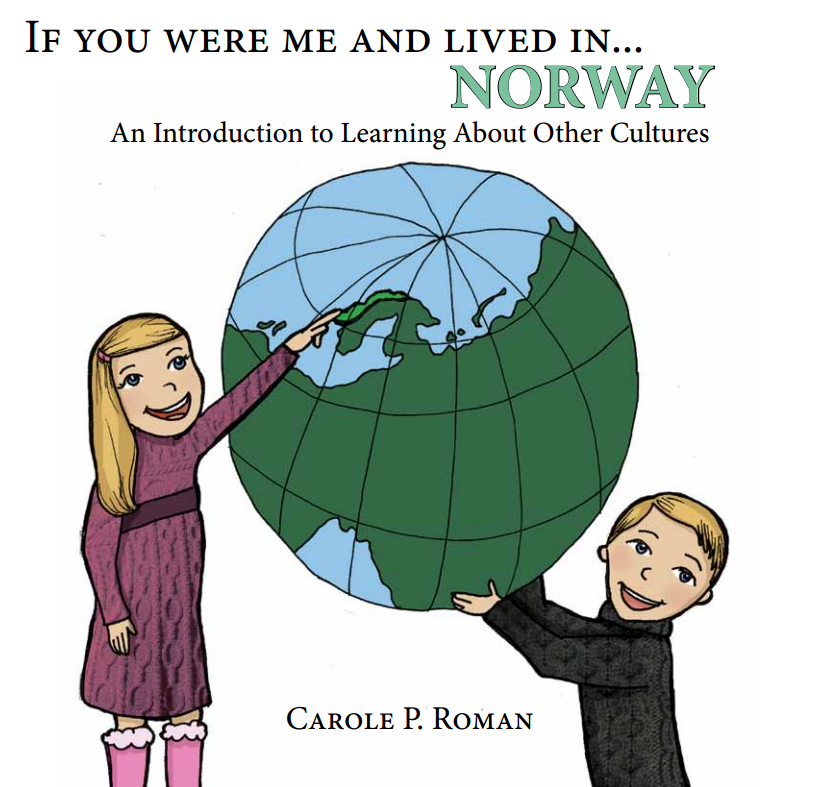If you were me.. are a set of books by
Carol P. Roman
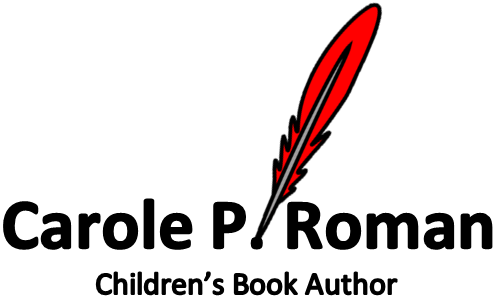
for young children introducing them to life in other countries. We were delighted to be able to review these books which are an excellent addition to our geography studies.The books are subtitled either
A child's introduction to cultures around the world or
An introduction to learning about other cultures and this is exactly what these books are about.
We received four books:
If you were me and lived in Mexico:A Child's introduction to cultures around the World
If you were me and lived in France:a Child's introduction to cultures around the World
If you were me and lived in South Korea: an Introduction to learning about other Cultures
and
If you were me and lived in Norway: an Introduction to learning about other Cultures
The books are 20-26 page paperbacks covering covering where the country is located in the world, the name and a little about the capital, typical boy/girl names, words for father and mother, shopping, an important tourist site, typical foods, sport and toys, a special national day and the name for school. I read If you were me with my children aged 4 and just 7.
We have several South Korean friends so I was particularly keen for the children to learn about South Korea. It also meant that I could ask a South Korean friend for her view about the accuracy of the book. She was pleased both about this and that someone had produced a children's book about South Korea as these seem very difficult to find.
We used the book about France as part of a week where we read children's picture books set in France and did some extension activities.
The children remember visiting Paris so this was well received.
Norway lead to a fascination with the Snow Hotel. For children who love snow and spend time listing snow activities this had a great pull.
Mexico fitted in well with learning Spanish and having learnt before about the Mayan culture.
I was pleased to see how the children learnt to locate countries on the globe.
The books are designed for children pre-K (4) to 10. This seems fairly accurate although if anything, they are better for the younger end of the age range. My 4 year old was more enthusiastic than my 7 year old and kept asking for rereadings. The font is large so the books are suitable for young readers.
What we thought
These books are a great addition to our home library and a useful way to introduce different nations and cultures.
They are written from a US viewpoint so there were some I adapted "mommy" to "mummy" and talked about an "elevator" being a "lift". This didn't cause any difficulty.
They also assume that the child is in school, again, this wasn't problematic.
I would recommend these books and hope that the series is enlarged further.
Cost
The books are available on Amazon.com and Amazon.co.uk. The cost on Amazon.com is $1.24 for the Kindle version and $8.99 for the paperback except for the book on Norway which costs $2.07 for the Kindle version an $10.79 for the paperback.
On Amazon.co.uk the costs are £0.77 for the Kindle version and £7.50 in paperback for If you were me and lived in Mexico. There are slight variations in price for the paperbacks between £7.38 and £7.50 presumably due to exchange rate fluctuations. The Kindle version of If you were me and lived in Norway is £1.28.













